Adaptations Experiment Polar bear Animal adaptations. Extreme environments - how animals have adapted to the polar environment with SEN and high ability information worksheet.
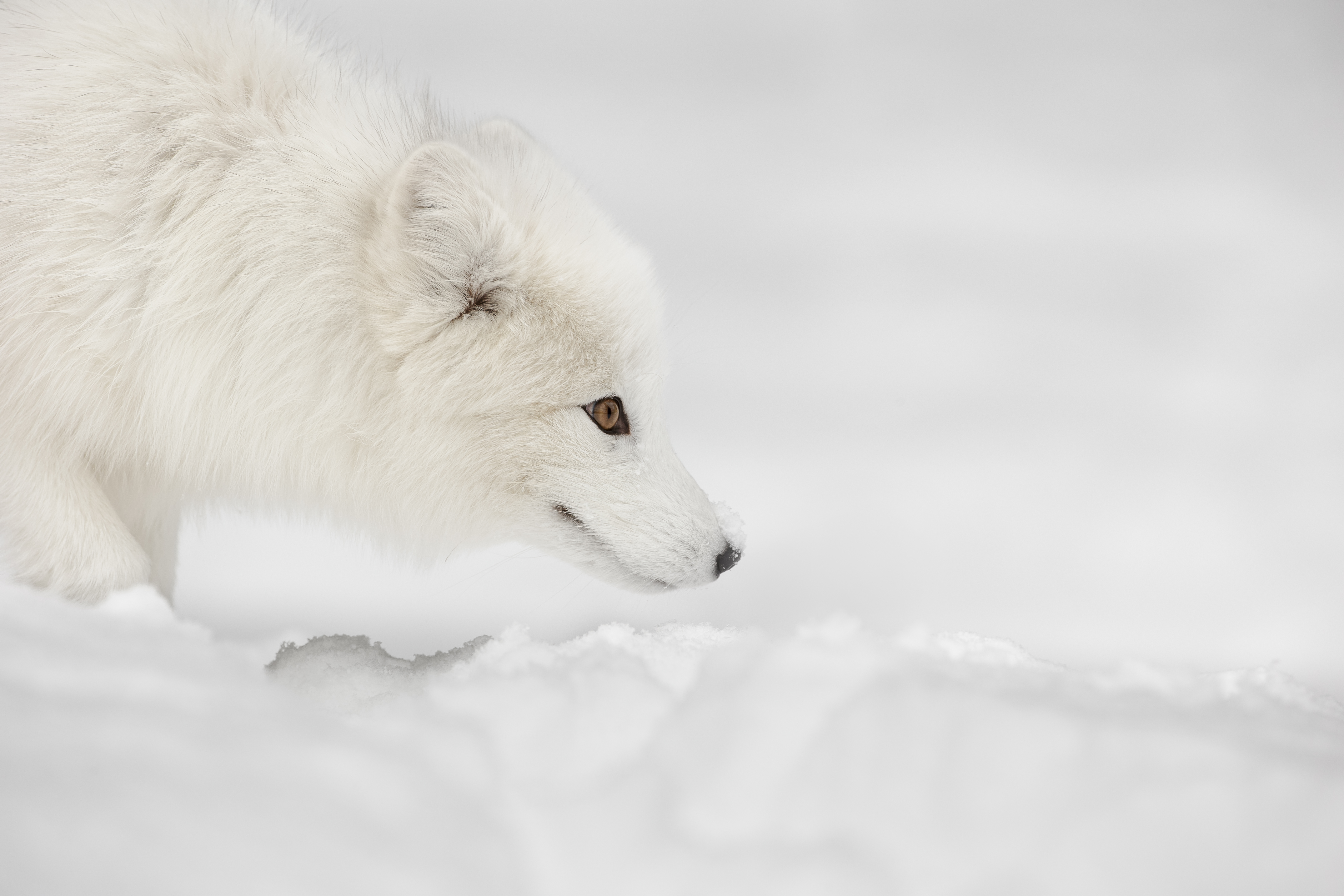
Alaskan Animal Adaptations Bering Land Bridge National Preserve U S National Park Service
Using our accompanying National Geographic Kids lesson plan pupils will learn about how the animals and people that are found in the Arctic have adapted to survive in the environment.

Arctic animals adaptations ks2. Suddenly a snowy mound wiggles and reveals two dark eyes. Many of the Arctic animals on this list have special adaptations that enable them to cope with. Suitable for teaching science at KS2 KS3 and 2nd3rd Level.
In the far north hares remain almost white in summer with patches of brown on the nose forehead and ears. The canine casually shakes the blanket of snow off her thick coatthe key to her survival. The Arctic is a hostile environment yet the species on this Arctic animals list are able to live either on the frozen tundra or in the icy waters that surround the North Pole.
Polar bears live in a very cold habitat. They are related to other foxes wolves and dogs. During this time the ocean is full of tiny plants and animals called plankton.
Tags in this resource. The sky is mostly cloudy over the arctic ocean. The poles of the planet are places of extremes.
The LEGO Arctic Map resource can be used as a printed handout for pupils to complete the eight missions on the map or for display on the interactive whiteboard to complete as a whole class exercise. How do arctic animals stay warm in icy water. Doc 43 KB.
Animal Adaptations and Habitats KS2. Polar Bears Arctic Foxes Musk Oxen Arctic Terns Gyrfalcons and Puffins. A look at a selection of animals investigating how they have adapted to their environments.
Polar bears and arctic foxes are adapted to the extreme weather of the Arctic region. In winter when more of the ocean freezes over and thick snow covers the land animals and plants have adapted to keep warm and survive. Many of the animals and plants that live in the Arctic have special adaptations to allow them to survive in the harsh environment.
Why are Polar bears White Activity by Colleen 8. The arctic is located at the northernmost part of our planet. Have students use the National Geographic Animals website and library resources.
Animals that live in the Arctic include. But warm fur alone might not keep this fox alive during the polar winter when temperatures rarely. Artic foxes eat a wide range of other small animals including arctic hares birds and bird eggs rodents fish and seals.
The Arctic summer has daylight 24 hours a day. By I can Teach My Child. Students learn how four different polar animals - polar bear leopard seal reindeer and emperor penguin - have adapted to the Polar environment by completing a cut-and-stick activity.
Use them in the classroom by trying some of the following ideas. Animals as large as whales and polar bears come to feed on them. The average head and body length of a male is 22 inches while a female is usually about 20 inches long.
A substantial blubber layer lies under the skin acting as insulation so allowing the seals to swim indefinitely in frigid Antarctic waters down to -2C. Another similar species the Mountain Hare Lepus timidus is found in Arctic Europe and Asia both are animals of the high Arctic it is possible that both are actually the same species. Camouflaged Chameleon Hunt by Jen Mama Papa Bubba.
Have students use the national geographic animals website and library resources. Ask them to research a specific Arctic animal native to the Beaufort Sea and surrounding arctic regions and the ways in which the animal has adapted. Variety of Animal Adaptations Activities by As a Third Grade 7.
Smooth streamlined shape to pass easily through the water. Walruses and humpback whales live in the Arctic ocean. This lesson teaches you about the different kinds of adaptations polar bears have developed in order to survive in a cold harsh Arctic environment.
Distribute the worksheet Arctic Animal Adaptations. I have also included a polar code work starter. Arctic animals facts ks2.
Adaptations of animals living in the Arctic. Fore and hind limbs developed into flippers for swimming. You probably know that it is a very cold icy place hom.
Allocate each group one of the animals - polar bear snow fox and reindeer. You can find out about the animals and plants of the Arctic further down the page. Several kinds of penguins including the emperor penguin live in Antarctica and so do walruses and narwhals.
Arctic Hare - Facts and Adaptations Lepus arcticus Arctic Hares are found in northern Canada down to Newfoundland in the east and around the coasts of Greenland. Habitats and the environment. The second resource lists 5 adaptations per animal and habitat which could be cut up and muddled.
Arctic animals facts ks2. How do humans and animals keep warm in the Arctic. The lump is transformed into the furry white body of a lone arctic fox.
Mimicry Experiment by Teach From The Heart 4. In this resource pupils can investigate the insulating properties of materials and design suitable clothing for polar explorers and also consider how the adaptations of Arctic. Arctic animals adaptations ks2.
An activity pack to help lower ability students learn about polar animal adaptations. One resource included pictures of 6 habitats and some animals that live there. Not far from the North Pole the world is frozen for thousands of miles.
Tes classic free licence. During winter their fur can range from a white to a bluewhite color to blend in with the ice and snow. Bird Beak Adaptation Activity by Elementary Shenanigans 5.
A nice idea would be to hand out the habitat pictures and ask the children to match the animals with the habitat in which they live.
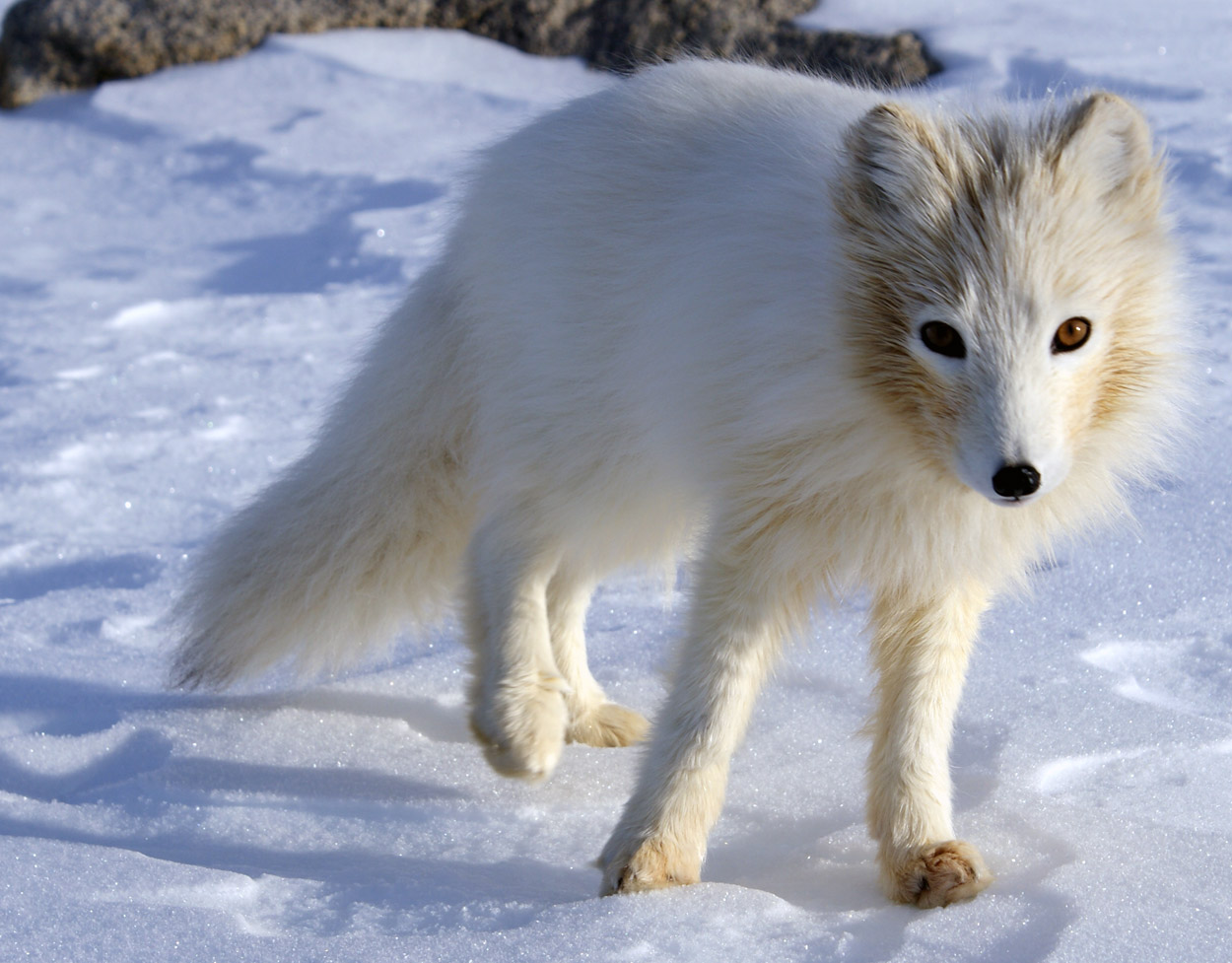
Arctic Fox Facts And Adaptations Vulpes Lagopus Alopex Lagopus

Polar Bears For Kids Wild Animals Arctic Animals Artic Animals Arctic Animals Polar Animals

Adaptation Of Polar Bear Youtube

10 Arctic Animals For Kids Snow Animals For Kids Polar Animals Youtube

Facts About The Arctic Animals In The Arctic Dk Find Out
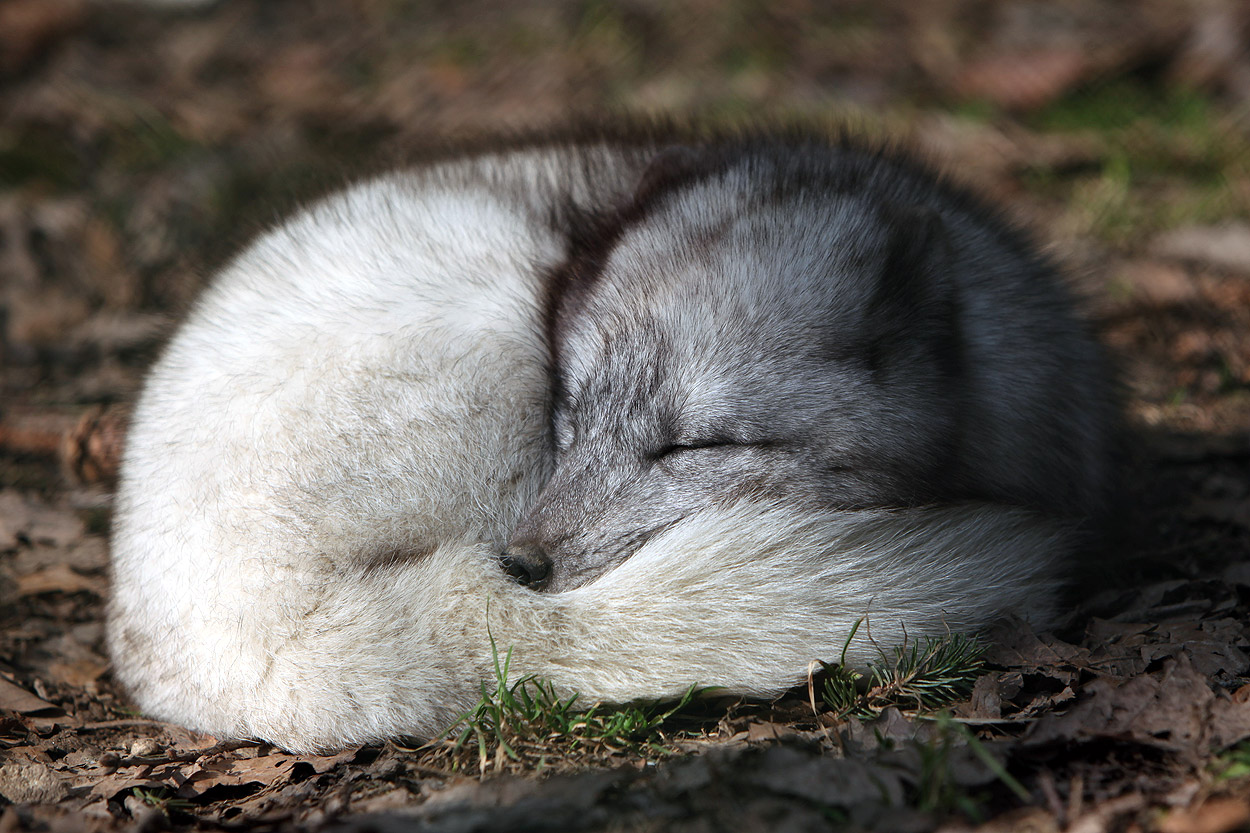
Arctic Fox Facts And Adaptations Vulpes Lagopus Alopex Lagopus

Arctic Fox Facts For Kids Polar Foxes Snow Fox Artic Animals

The Razzle Dazzle Classroom Arctic Animals Extravaganza Arctic Animals Animal Classification Animal Adaptations

Arctic Fox Facts And Adaptations Vulpes Lagopus Alopex Lagopus
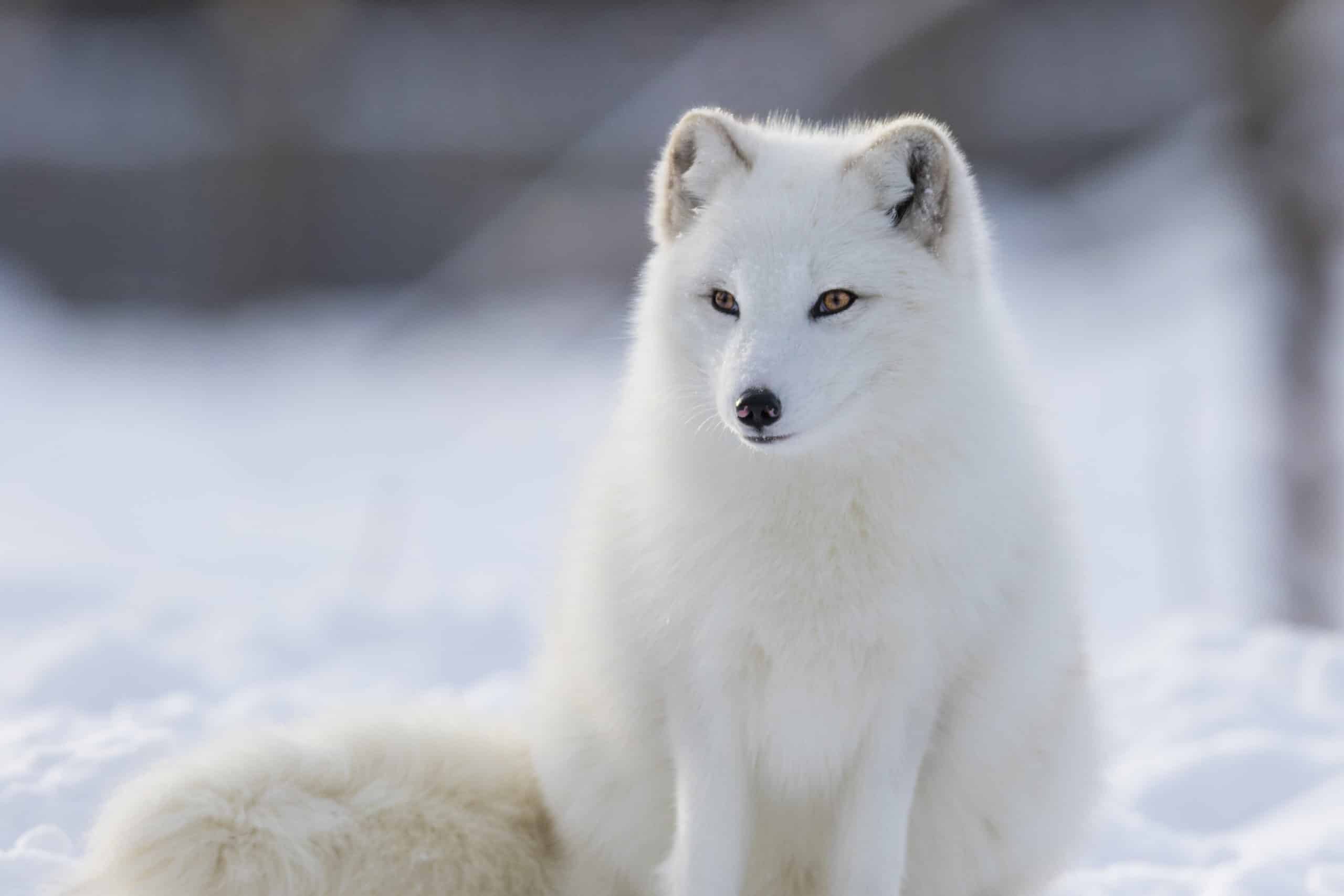
Polar Habitats For Kids Shoebox Habitat
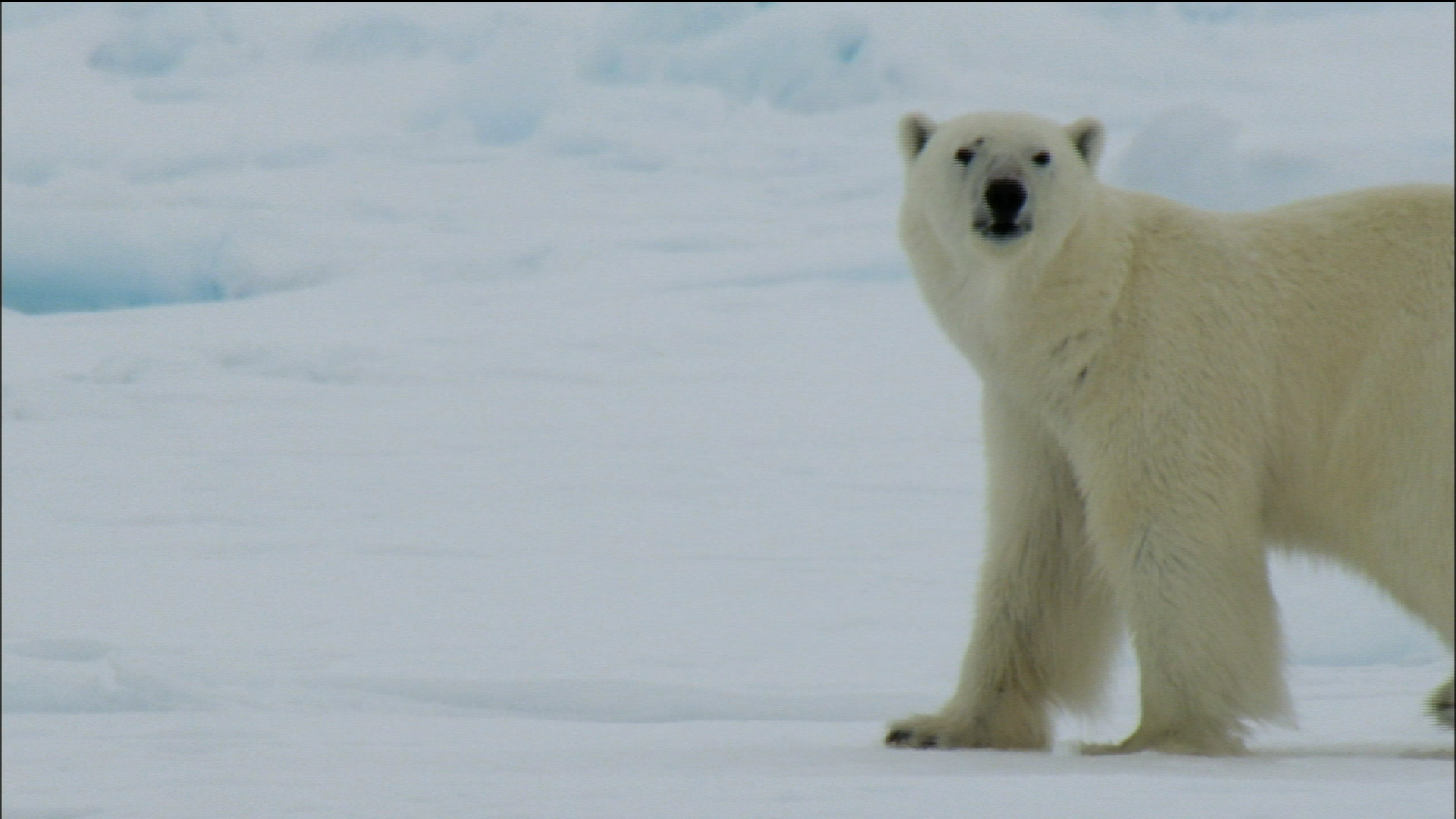
Adaptations Of Arctic Animals Pbs Learningmedia

Exploring The Arctic For Kids Arctic Animals And Climates For Children Freeschool Youtube

Polar Bear Adaptations Youtube

20 Books About Polar Bears And Arctic Animals

Arctic Fox Facts Information For Kids Habitat Adaptations Fox Facts Arctic Fox Facts Arctic Fox Art

Arctic Fox Facts For Kids Polar Foxes Snow Fox Artic Animals

